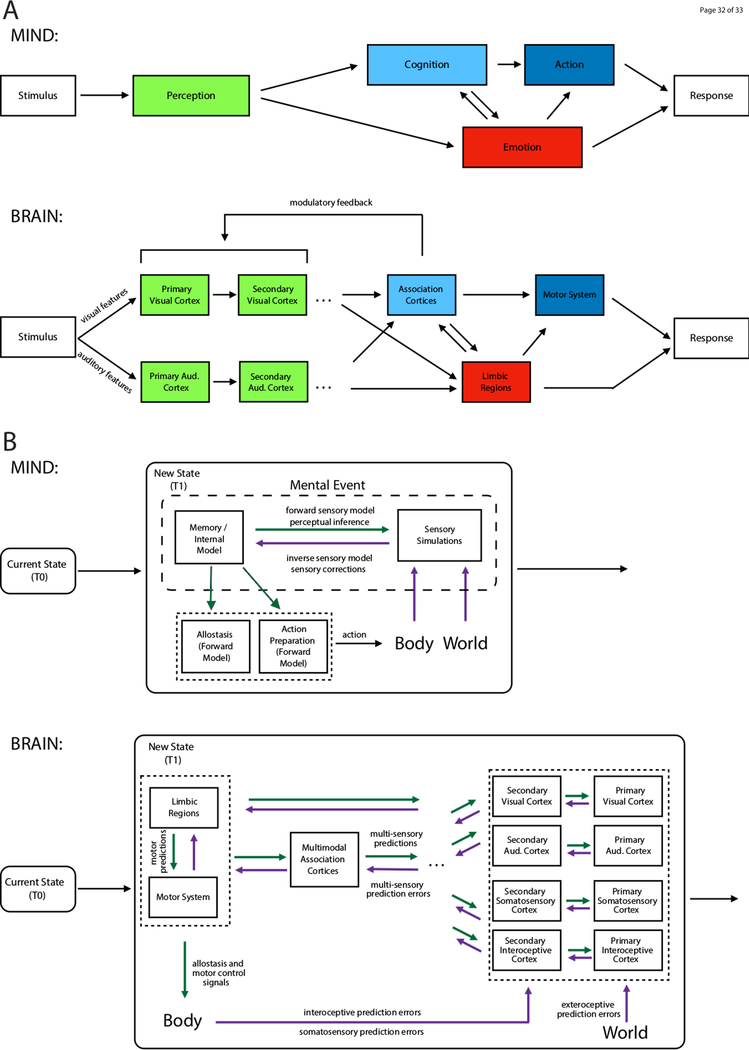Figure 1. Psychology’s representational framework compared to the emerging predictive processing framework.
Since emerging in the mid-1800s, psychological science has been guided by what is called a representational framework (Keller & Mrsic-Flogel, 2018), where sensory neurons are thought to create a representation of features in the world (i.e., the perception of a stimulus) which is then passed, like a baton in a relay race, to other parts of the brain which appraise it (i.e., cognition and/or emotion) and then respond. In the representational framework (A), internal representations and their outputs – the mental events you experience (thoughts, feelings) and the actions you take (behaviors) – are the result of sensory inputs (i.e., stimuli) from the world (purple arrows). Past experiences modulate these stimulus-response links (green arrows). The emerging predictive processing research paradigm (depicted in B) offers a counterintuitive correction, turning the implied causality on its head. Your experience of the world and your action in that world derive from an active, constructive process driven by your brain’s internal model. Your brain starts with current conditions and “remembers” trajectories of prior experiences, projecting itself forward in time, assembling multiple competing prediction signals that prepare the body to move (green arrows; e.g., what muscles did I move the last time I was in a situation that is similar to this one?). Copies of these motor commands are thought to modulate the ongoing firing of sensory neurons, inferring the sensory consequences of those movements, thereby simulating some future state of the body and the world (green arrows; e.g., the last time I was in a similar situation and I prepared to move my body in a similar way, what did I see next?). If a brain’s internal model are hypotheses about the future state of things, then incoming sensory inputs are the data used to test those hypotheses (purple arrows). The key structural hypothesis is that internal representations (prediction signals) and learning signals (prediction errors) are propagated by neurons arranged in a loose hierarchy (discussed in more detail in Figure 2). It is hypothesized that, when there is a mismatch between a prediction signal at a given level in the hierarchy and information being passed from a lower level, the neurons in question have the opportunity to change their pattern of firing to capture the unexpected input; this is how prediction error is thought to propagate up the processing hierarchy to modify the internal model in the moment and to optimize future predictions. When there is no mismatch, the prediction signal at a given level in the hierarchy is already firing in a way to represent incoming information. Once prediction errors are sufficiently minimized, these “inferences” become the brain’s causal account of what caused the sensations in the first place, effectively categorizing the sensations so that they are meaningful.

